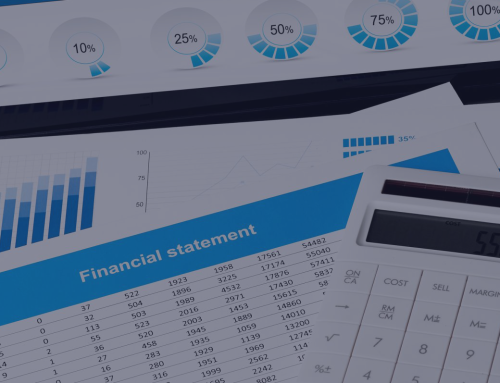Under the SR&ED program, you can get an investment tax credit in the form of a cash refund or reduction of taxes you owe. Alternative, you could get both. However, what is generally understood to be “research and development”, or “R&D”, is not necessarily “SR&ED”. As per CRA, “Scientific research and experimental development” is defined as systematic investigation or search that is carried out in a field of science or technology by means of experiment or analysis. In this article, we will talk about how to identify the work that qualifies for SR&ED.
“What work should be done?”
To qualify for SR&ED, your work must be fall under one of the following definitions:
- Basic research: The work carried out to advance scientific knowledge; it is usually done in university or research institutes purely to gain scientific knowledge
- Applied research: It is also work carried out to advance scientific knowledge, but unlike basic research, it is done with a specific practical application in view.
- Experimental development: This work is carried out to achieve technological advancement for the purpose of creating new, or improve existing, materials, devices, products or processes, including incremental improvements thereto. It is also by far the most common type of SR&ED work.
- Technical Support activities: It is work carried out by or on behalf of the taxpayer with respect to engineering, design, operations research, mathematical analysis, computer programming, data collection, testing or psychological research, where the work is commensurate with the needs, and directly in support of work described in above points that is undertaken in Canada by or on behalf of the taxpayer.
However, the work does not include:
- market research or sales promotion,
- quality control or routine testing of materials, devices, products or processes,
- research in the social sciences or the humanities,
- prospecting, exploring or drilling for, or producing, minerals, petroleum or natural gas,
- the commercial production of a new or improved material, device or product or the commercial use of a new or improved process,
- style changes, or
- routine data collection;
“Why the work should be done?”
Answer: For the advancement of scientific knowledge, or for the purpose of achieving technological advancement aimed at creating new, or improving existing, materials, devices, products, or processes including incremental improvements. It means you are generating information or knowledge to advance your technology base.
However, a word for caution, an innovation does not always mean that technological advancement was achieved. So, how do you know you have achieved technological advancement?
An easy way is ask yourself what technological uncertainties you encountered before you started developing the product or process. Technological uncertainties are barriers at your existing level of technology & scientific knowledge that prevent you from achieving your goals. They may arise from shortcomings or limitations of the current state of technology that prevent a new or improved capability from being developed; however, the knowledge you gain from overcoming those barriers is the technological advancement.
Basically, the advancement is the targeted outcome of the SR&ED work, while the uncertainty is the impetus for the SR&ED work. Therefore, an attempt to achieve advancement is an attempt to resolve uncertainty.
“How the work should be done”
No matter what type of SR&ED work you do, you have to follow certain basic procedures. Your work must involve systematic investigation or search by experiment or analysis.
It is important to distinguish between a systematic approach to carrying out work and the approach that is a systematic investigation or search called for in the definition of SR&ED. The latter approach includes defining a problem, advancing a hypothesis towards resolving that problem, planning and testing the hypothesis through experiment or analysis, and developing logical conclusions based on the results. It means each approach you take to resolve your uncertainty should be a planned experiment based on an idea or concept.
In a nutshell, if you are undertaking a systematic investigation or search, like experiments or analysis to advance science or technology, you will qualify for SR&ED tax incentives.
What’s next?
If you find your activities qualify for SR&ED program, that’s great! You may be eligible to make a successful claim.
However, the CRA expects the work to be documented, clearly showing why each major element is required and how each fits into the project as a whole. It is also expected that the indicators or measures that will be used to determine if the goals of the work are met will be identified and recorded at an early stage of the work.
Therefore, it is very important to understand what CRA is looking for and the scientific method to document your SR&ED properly for CRA. Contact us at 1-888-418-7733 (SRED) or info@sredfunding.com. Once your eligibility is established after our initial interview, leave it up to us to guide you to get the money for you. We don’t charge until you get your refund.








Leave A Comment